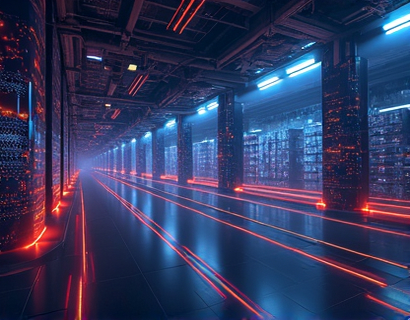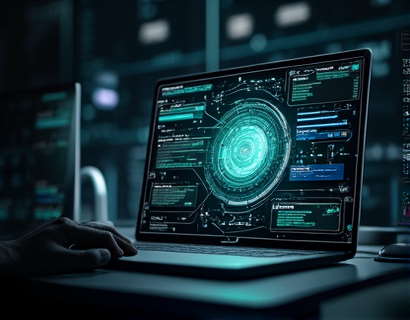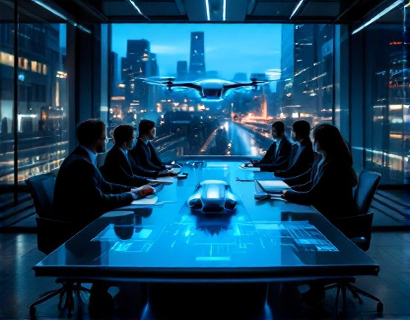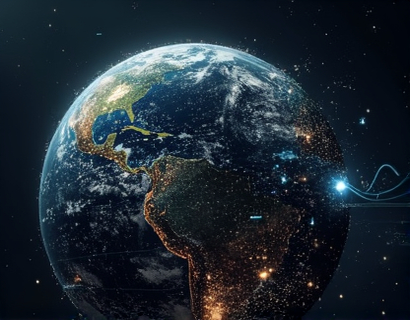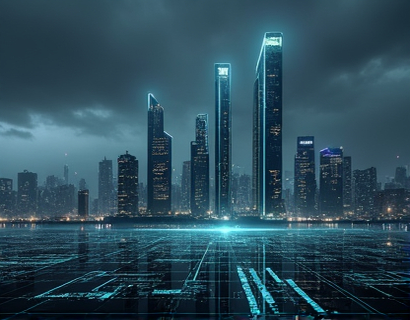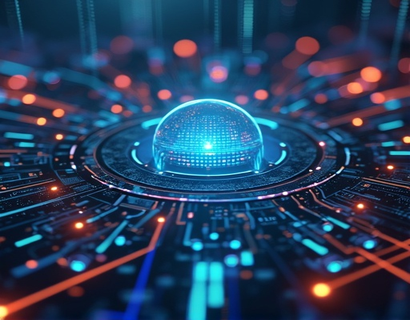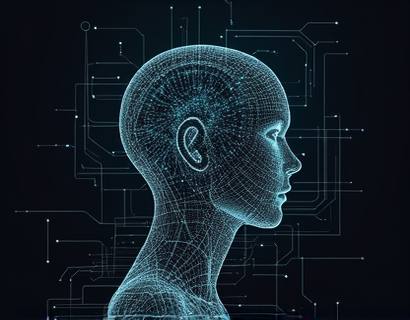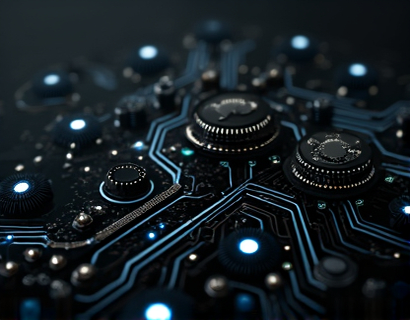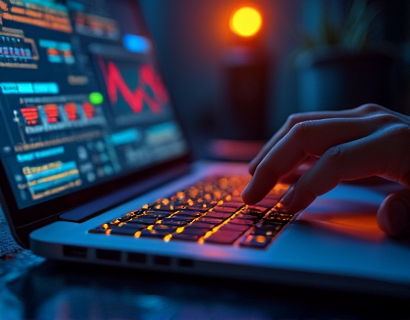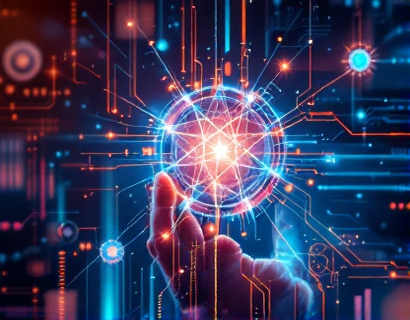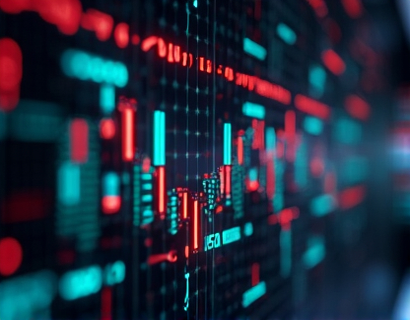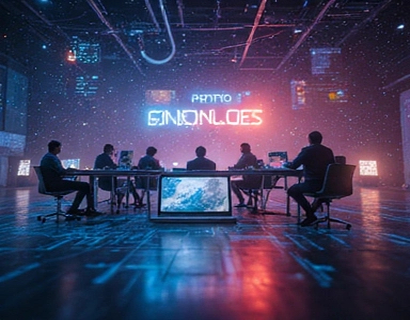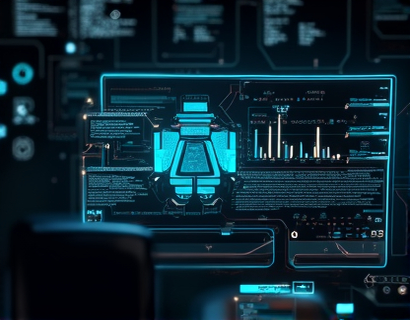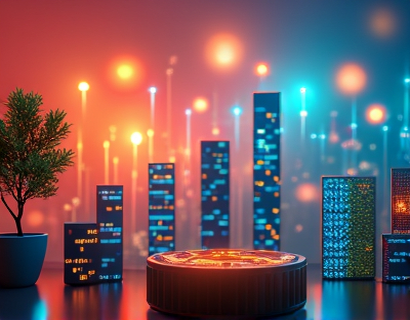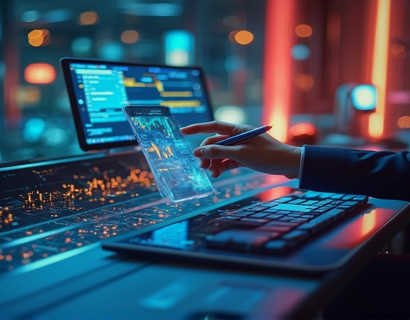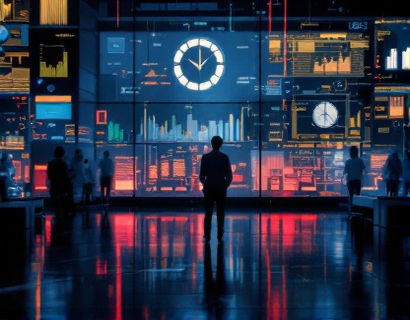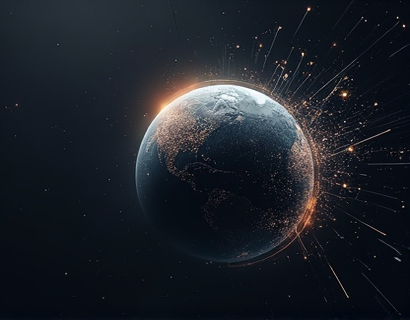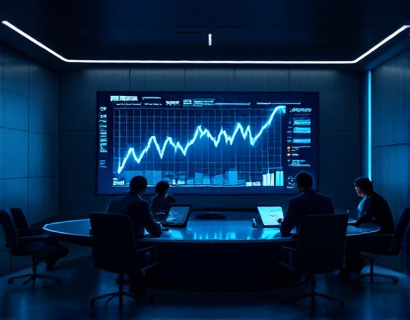Decentralized Innovation: Harnessing AI and Crypto for Next-Gen Digital Transformation
The digital landscape is undergoing a profound transformation, driven by the convergence of artificial intelligence (AI) and cryptocurrency. This revolution is not just about adopting new technologies but about reimagining how we interact, transact, and innovate in a decentralized environment. The concept of a decentralized ecosystem, powered by AI and crypto, represents a paradigm shift that promises enhanced security, transparency, and efficiency. This article delves into the intricacies of this emerging field, exploring how decentralized innovation is reshaping the future of digital solutions.
Understanding Decentralized Ecosystems
A decentralized ecosystem is a network of interconnected nodes or entities that operate without a central authority. Each node in the network has equal status and contributes to the overall functioning of the system. This decentralized structure is fundamentally different from traditional centralized systems, where a single entity or a small group of entities control and manage the network. The decentralized approach leverages blockchain technology, which provides a secure, transparent, and immutable ledger for recording transactions and data.
Blockchain's core feature is its ability to ensure data integrity and security through cryptographic hashing and consensus mechanisms. These mechanisms make it extremely difficult for any single entity to manipulate the data stored on the blockchain. This inherent security makes blockchain an ideal foundation for building trustless and transparent decentralized applications (dApps).
AI in Decentralized Ecosystems
The integration of AI into decentralized ecosystems brings a new dimension of intelligence and automation. AI algorithms can process vast amounts of data, identify patterns, and make predictions, all of which can be leveraged to enhance the functionality and user experience of dApps. In a decentralized context, AI can be deployed in various ways, such as decentralized machine learning (DMML) and decentralized autonomous organizations (DAOs).
Decentralized machine learning involves training AI models across a distributed network of computers, rather than relying on a central server. This approach not only enhances data privacy but also improves the robustness and scalability of AI models. By leveraging the collective computing power of the network, DMML can handle complex tasks and large datasets more efficiently than traditional centralized machine learning methods.
Decentralized autonomous organizations (DAOs) are another exciting application of AI in decentralized ecosystems. DAOs are community-driven organizations governed by smart contracts on a blockchain. These smart contracts automate decision-making processes, ensuring transparency and fairness. AI can be integrated into DAOs to optimize operations, predict market trends, and enhance strategic planning. The combination of AI and DAOs can lead to more efficient and responsive organizational structures.
Benefits of Decentralized AI-Powered Ecosystems
The convergence of AI and decentralization offers numerous benefits that traditional centralized systems cannot match. One of the primary advantages is enhanced security. Decentralized systems are inherently more secure due to their distributed nature, making it difficult for malicious actors to compromise the entire network. Additionally, the use of blockchain ensures that data is tamper-proof and transparent, building trust among users.
Another significant benefit is improved efficiency. AI can automate routine tasks and optimize processes, reducing the need for manual intervention and increasing operational efficiency. In a decentralized ecosystem, these efficiencies are amplified as multiple nodes can collaborate and share resources, leading to faster and more reliable service delivery.
Decentralized ecosystems also promote innovation by lowering barriers to entry. Traditional centralized systems often require significant capital and resources to develop and deploy new solutions. In contrast, decentralized platforms enable developers and entrepreneurs to build and test applications with minimal upfront costs. This democratization of technology fosters a more vibrant and diverse ecosystem, driving continuous innovation.
Challenges and Considerations
While the potential of decentralized AI-powered ecosystems is vast, there are several challenges and considerations that need to be addressed. One of the primary challenges is scalability. Current blockchain technologies face limitations in terms of transaction throughput and processing speed, which can hinder the widespread adoption of decentralized applications. Research and development in areas like sharding, layer 2 solutions, and more efficient consensus mechanisms are crucial to overcoming these scalability issues.
Another challenge is the regulatory landscape. The decentralized nature of these ecosystems often complicates compliance with existing regulations and laws. Governments and regulatory bodies are still grappling with how to approach decentralized technologies, and this uncertainty can pose risks for developers and users. It is essential for the community to engage with regulators to create a clear and supportive framework for decentralized innovation.
Interoperability is another critical aspect. As the number of decentralized platforms and protocols grows, ensuring seamless communication and data exchange between different systems becomes increasingly important. Standardization efforts and the development of interoperability protocols can help bridge the gaps between various decentralized networks.
Case Studies and Real-World Applications
Several projects and platforms are already demonstrating the potential of decentralized AI-powered ecosystems. One notable example is Filecoin, a decentralized storage network that uses blockchain to incentivize data storage providers. Filecoin leverages AI to optimize storage allocation and ensure data availability, providing a more reliable and cost-effective alternative to traditional cloud storage services.
Another example is Compute Marketplace, a decentralized computing platform that allows users to rent idle computing resources from other users. By integrating AI algorithms, the platform can efficiently match computational tasks with the most suitable resources, optimizing performance and reducing costs. This model not only enhances resource utilization but also promotes a more equitable distribution of computing power.
In the realm of finance, decentralized finance (DeFi) platforms are leveraging AI to create more sophisticated and automated trading systems. These platforms use smart contracts and AI-driven algorithms to execute trades, manage risks, and optimize portfolios. The decentralized nature of DeFi ensures that users have greater control over their assets and transactions, reducing the need for intermediaries.
Future Prospects and Trends
The future of decentralized AI-powered ecosystems looks promising, with several trends and developments on the horizon. One key trend is the advancement of federated learning, a machine learning approach that allows models to be trained across multiple decentralized devices without centralizing data. This technique enhances privacy and data security while enabling more diverse and robust AI models.
Another trend is the rise of AI-powered governance mechanisms within DAOs. By integrating AI into the decision-making processes of DAOs, these organizations can become more adaptive and responsive to changing conditions. AI can analyze vast amounts of data to identify trends, predict outcomes, and suggest optimal strategies, enhancing the effectiveness of decentralized governance.
Furthermore, the integration of AI with other emerging technologies like the Internet of Things (IoT) and 5G networks will open up new possibilities for decentralized applications. The combination of these technologies can lead to smarter, more connected, and autonomous systems that transform various industries, from healthcare and finance to manufacturing and logistics.
Conclusion
The intersection of AI and decentralization is paving the way for a new era of digital transformation. Decentralized AI-powered ecosystems offer a unique blend of security, transparency, and innovation, addressing many of the limitations of traditional centralized systems. While challenges remain, the potential benefits and real-world applications are compelling reasons to embrace this transformative technology. As the field continues to evolve, it is crucial for developers, policymakers, and users to collaborate and drive the responsible and sustainable growth of decentralized innovation.




